Really? I saw the Nimcat announcement last month and stopped by their booth at VON. It brought back memories and goose pimples.
Interestingly, Brian Collie (GM of Chantry Networks, division of Siemens), Bob Myers (CTO of Chantry Networks, division of Siemens) and I were asked in 1998 to review the Nortel enterprise telephone operation and to determine what we thought could be done with it. A strategic committee was considering selling the operation to Aastra, and since we were the 'Idea Factory' inside Nortel (I actually had a shirt made with a cool logo I found in Microsoft's PowerPoint digital library) we consulted on this project.
Business phones, such as the Meridian 2616 (2 lines, 16 buttons, speaker phone) were hardly electronics. They had about $50 worth of digital guts and ~ $3.50 of plastics and $0.50 of lead weight in the handset, and simply terminated the digital protocol (a derivative of ISDN Q.931 signaling I believe) for conversion to analog to drive the speaker or analog to digital. End users paid $400 for the phone, because of that proprietary control of the protocol and the device. This has been a mainstay design for enterprise PBX and IP PBX manufacturers for three decades. Control the handset. You see that in 3Com NBX, Cisco Skinny and every manufacturer. Of course, they also support the analog 2500 set, but you don't get the same features.
Anyways, As Brian, Bob and Brockmann considered the future of the humble business phone, it became important to understand the technologies affecting the category. The path of processors – they were emerging in autos, just then appearing on business telephones since Ethernet-attached phones needed some kind of packet processor, Nortel had built several java-phones with big color screen and processor – it became obvious that the intelligence of the PBX was going to an IP infrastructure first. This would occur because 'outsiders' of the telecom world, companies like Cisco and 3Com saw it as a growth market, and they would put resources into focusing on it.
But, as processor and memory prices drop (they always drop, don't they?), and Moore's Law continues, and with smaller physical storage and improving screens quality and lower costs, a PBX on a phone was inevitable. Which is what we predicted in 1998.
The beauty of high speed networks and uncoupled hardware and software enables re-distribution of the functionality to allow new categories of products to emerge and present alternatives to customers with new kinds of advantages that were not the performance attribute in the old paradigm. Nimcat actually did what we said would happen. Awesome crystal ball, eh?*
* I can say this now that I work for a Canadian company in an office in Ottawa Canada.
😉








